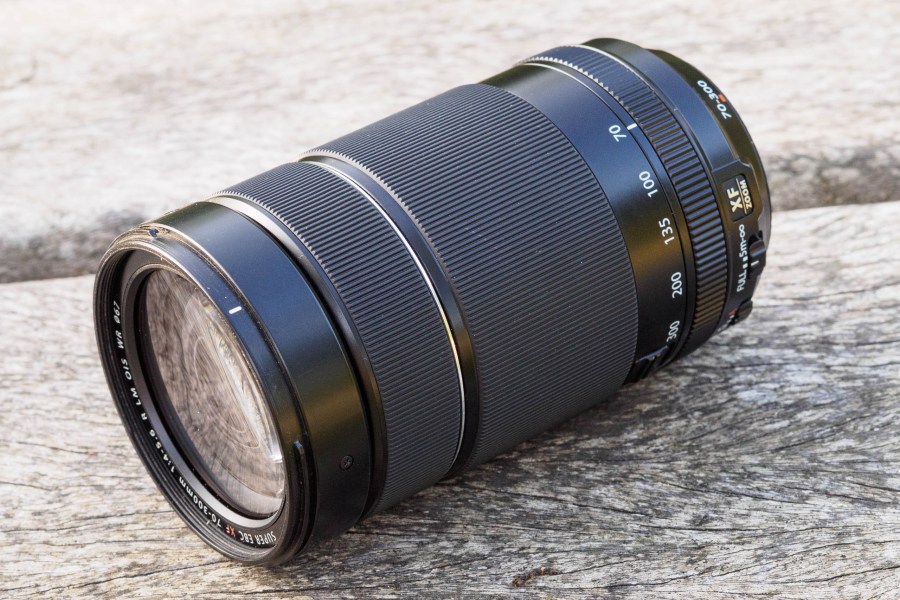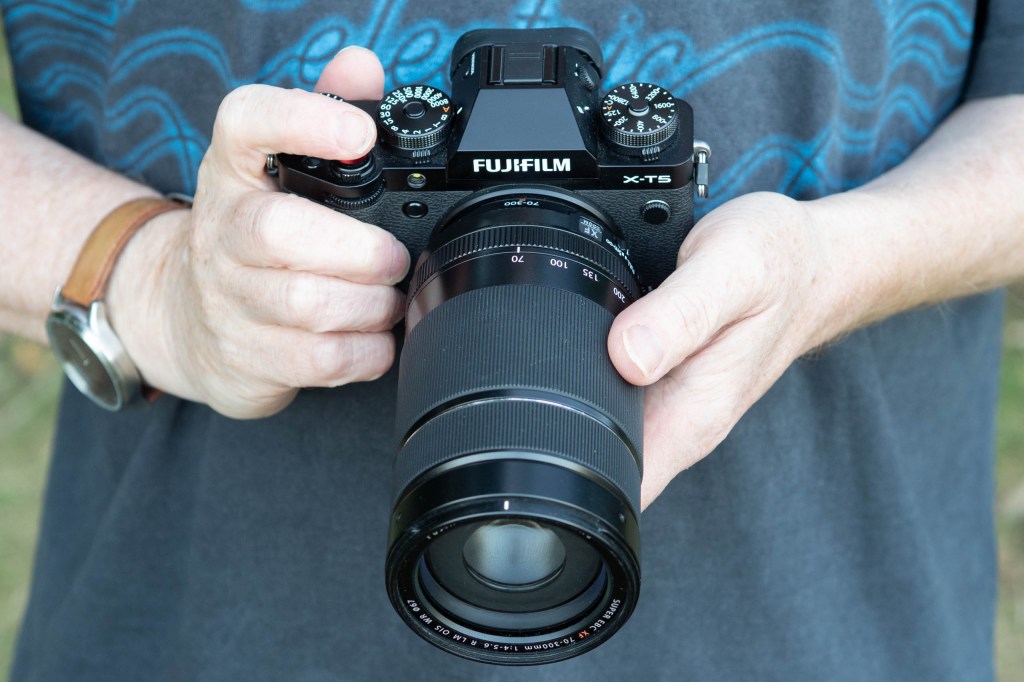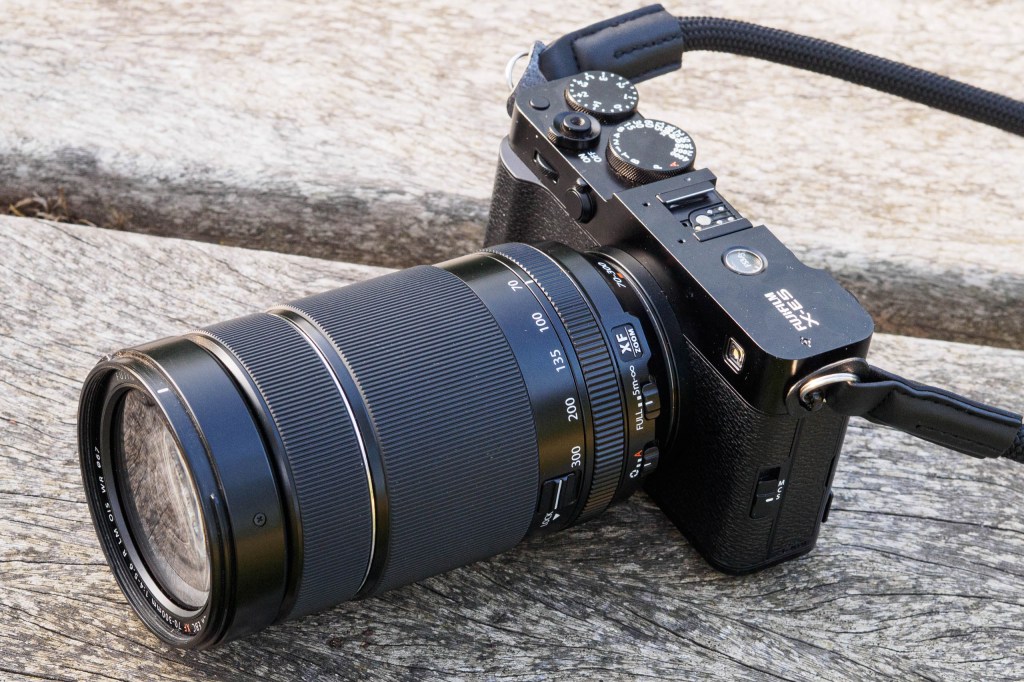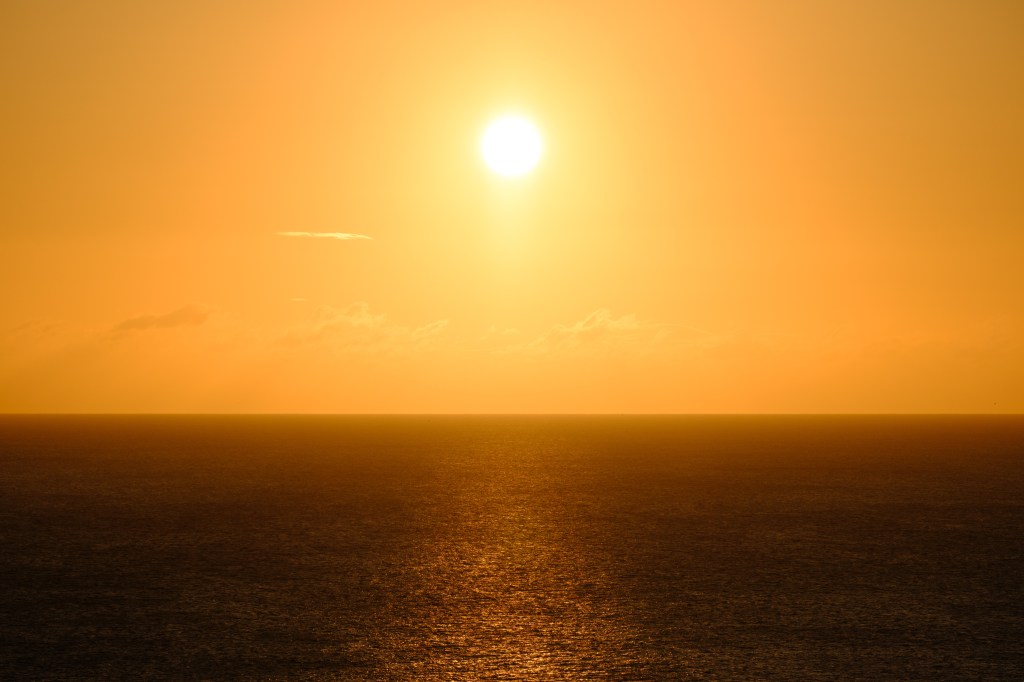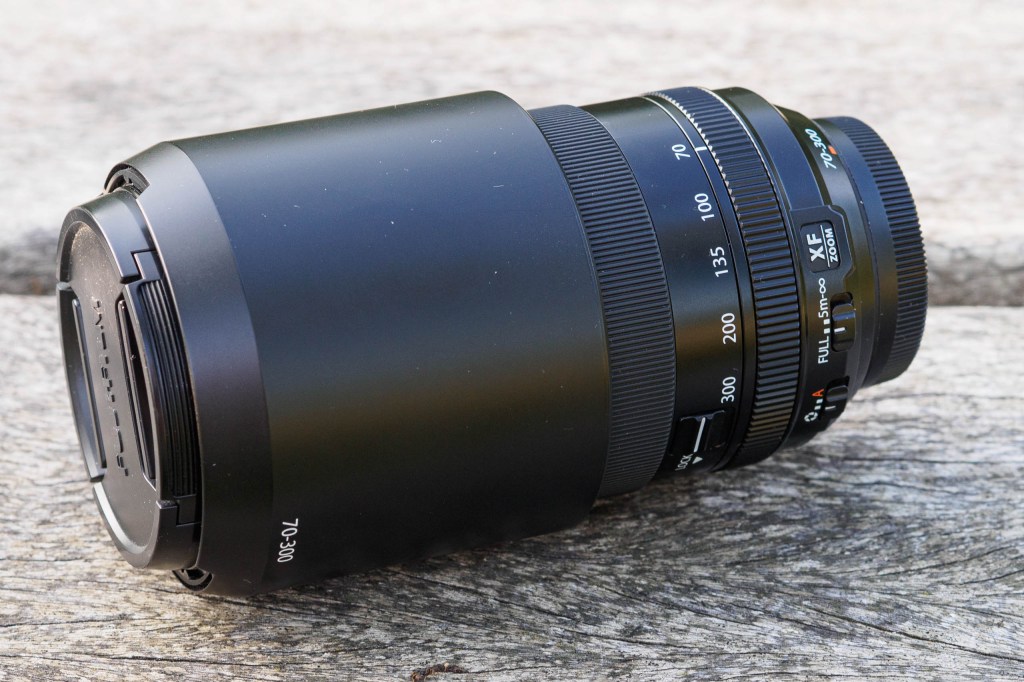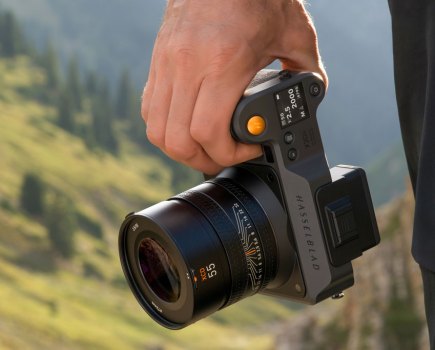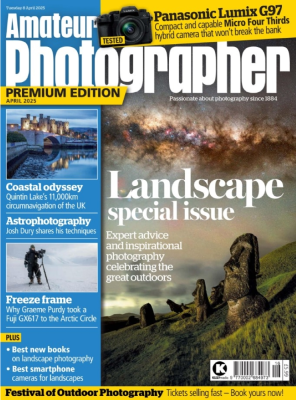Amateur Photographer verdict
The Fujifilm XF 70-300mm F4-5.6 offers a great feature set, fast autofocus and fine optical performance at a very reasonable price. The fact that it works with teleconverters adds to its appeal, too.- Very good optical performance
- Fast, silent autofocus
- Weather resistant construction
- Relatively small and lightweight
- Aperture ring can’t be declicked
The Fujifilm XF 70-300mm F4-5.6 R LM OIS WR is a mid-range telephoto zoom for X-system cameras, offering a 105-450mm equivalent zoom range at a relatively affordable price of $799 / £729. As all those initials in its lens name imply, it’s pretty feature-packed, with an aperture ring, linear motor for autofocus, optical image stabilisation, and weather resistant build. It may not have the same cachet as bigger and longer zooms, but personally I think it’s one of Fujifilm’s best lenses.
Fujifilm XF 70-300mm F4-5.6 R LM OIS WR at a glance:
- $799 / £729
- 105-450mm equivalent range
- 83cm minimum focus, 0.33x magnification
- Compatible with 1.4x and 2x teleconverters
- 75 x 132.5mm, 780g
- Fujifilm X mount only
Released back at the start of 2021, the 70-300mm sits in Fujifilm’s range just above the older XF 55-200mm F3.5-4.8 R LM OIS ($699 / £579), which gives an 83-300mm equivalent range but lacks weather sealing. The next step up is the much larger, heavier and more expensive XF 100-400mm F4.5-5.6 R LM OIS WR, which costs $1899 / £1699.
There aren’t really any direct third-party alternatives. Sigma offers the excellent 100-400mm F5-6.6 DG DN OS for not much more money, but again, it’s much less portable. Sigma also makes a rather nice 16-300mm superzoom, and Tamron an 18-300mm, but that’s a different kind of lens.

One big attraction of the 70-300mm lies with how well it fits into Fujifilm’s lens range. Match it up with the XF 10-24mm F4 R OIS WR ultra-wideangle and XF 16-80mm F4 R OIS WR standard zooms, and you get a combined 15-450mm equivalent range at a weight of well under 1.5kg. To me, that’s a pretty compelling combination for everyday photography. What’s more, it’s compatible with Fujifilm’s XF teleconverters if you need even more reach. Let’s take a closer look at what it offers.
Features
Optically, the lens is constructed using 17 elements in 12 groups, including one aspherical element and two made from extra-low dispersion (ED) glass, to maintain cross-frame sharpness and suppress chromatic aberration. It employs a 9-blade aperture diaphragm that stops down to f/22.
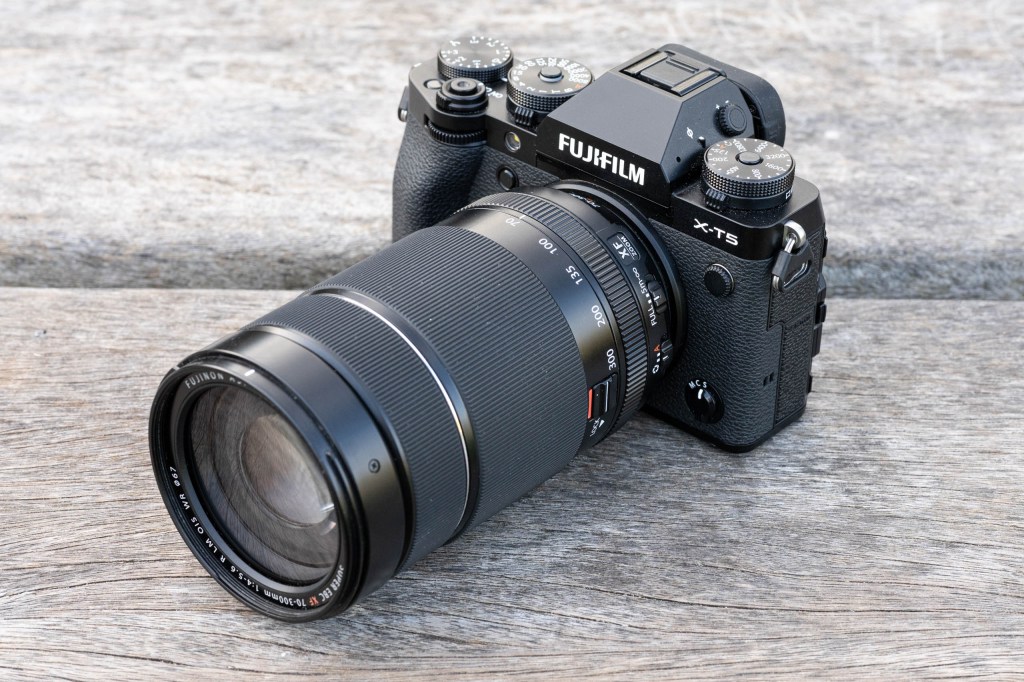
Built-in optical stabilisation promises 5.5 stops of shake reduction, and works in concert with cameras that have in-body IS to give 5-axis stabilisation.
Fujifilm has included a linear motor for fast, silent autofocus. The minimum focus distance is 83cm, which gives a very useful 0.33x magnification at 300mm. That’s equivalent to 0.5x on full-frame, meaning you can fill the frame with subjects as small as 72 x 48mm.
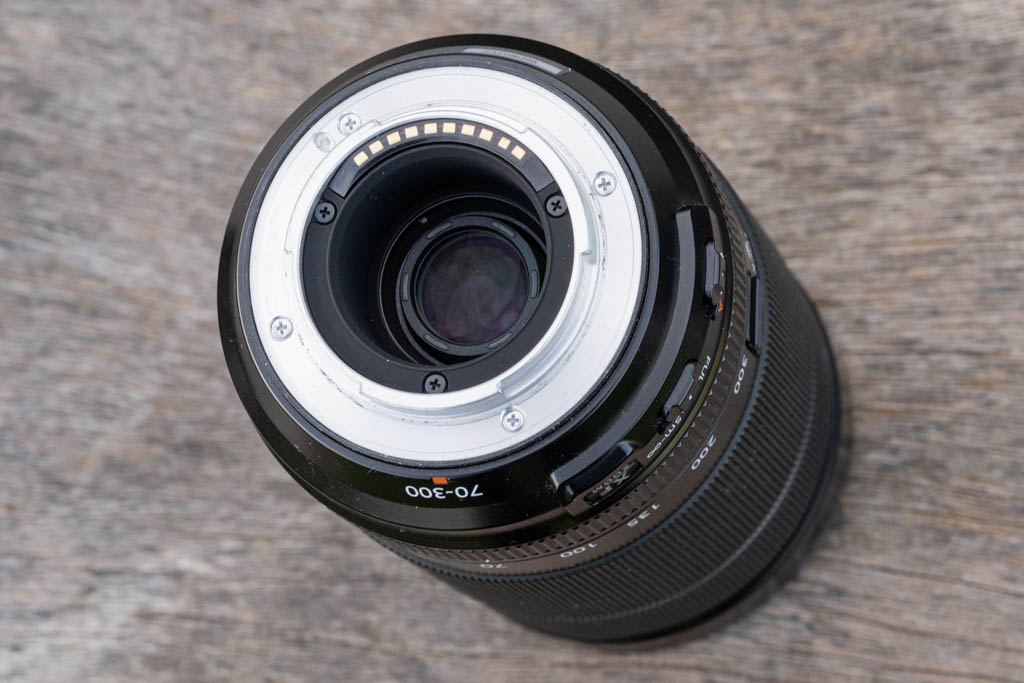
You get dust and weather resistant construction, and the lens should work in temperatures as low as -10°C. A deep bowl-shaped hood is supplied and reverses snugly for transport. Filter users are accommodated by a 67mm thread.
As previously mentioned, the 70-300mm is compatible with Fujifilm’s XF teleconverters, and without sacrificing phase-detection autofocus. When used with the Fujiinon XF 2.0x TC WR, you get a 140-600mm f/8-11 combination (equivalent to 210-900mm). Perhaps more realistically, with the Fujiinon XF 1.4x TC WR, it gives a 100-420mm f/5.6-8 lens (300-630mm equivalent).
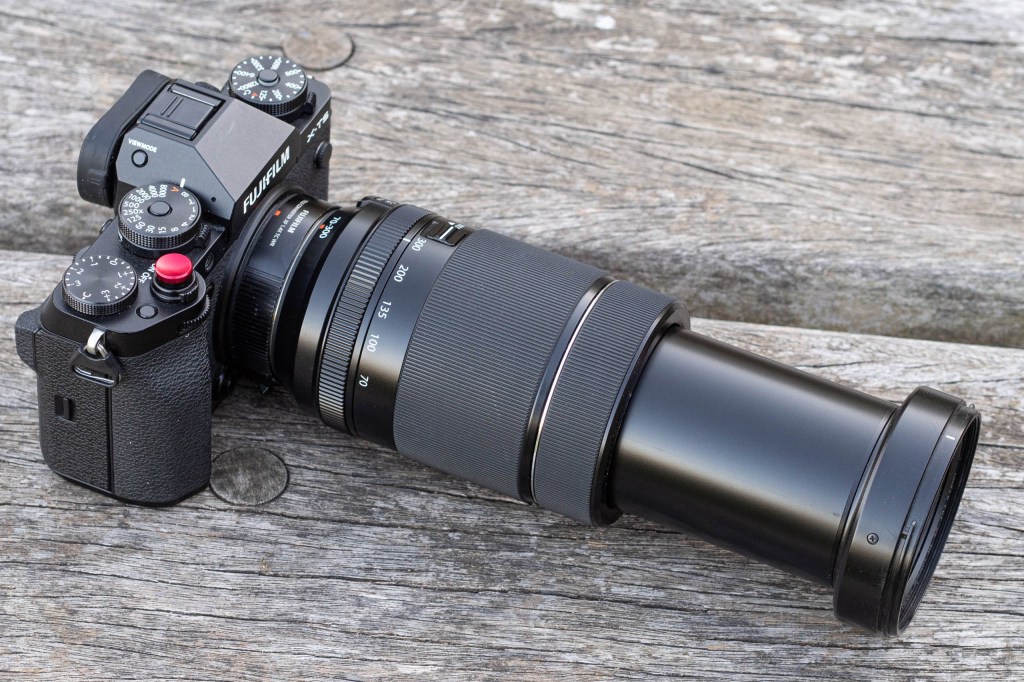
Build and handling
Design-wise, the Fujifilm XF 70-300mm is a close match to Fujifilm’s other mid-range zooms. You get a notably broad zoom ring in the centre of the barrel, which rotates through a shade less than 90° to get from one end of the range to the other. A sliding switch locks the lens at 70mm for transport, but unusually (and usefully) it can be disengaged by a firm twist of the zoom ring.
There’s an aperture ring placed close to the camera body, in a position that’s consistent with all of Fujifilm’s other ‘R’ lenses. As this is a variable-aperture zoom, this control takes the form of a continuously rotating dial with no markings. It operates in clicked mode only – there’s no option to set it to smooth rotation.
A small switch on the side of the barrel sets aperture control to A, allowing the camera to operate in shutter priority or program auto exposure modes.

A smoothly rotating manual focus ring is at the front, with a slim silver ring behind it offering a touch of understated styling. The only other external control is a small distance limiter switch, which gives the option of either focusing through the full range, or limiting the minimum focus to 5m to minimise hunting with distant subjects.
As for size, the lens measures 75mm in diameter and 132.5mm in length, while weighing in at 580g. That’s notably small and light for a 70-300mm zoom. It extends on zooming in to 300mm by exactly 7cm.
I’ve mostly used the lens with the SLR-shaped Fujifilm X-T5, on which it’s a particularly good match. But I also used it with the small rangefinder-style Fujifilm X-E5 with no problem at all.
Autofocus
Thanks to the use of a linear motor to drive the focus group, the XF 70-300mm is a strong performer when it comes to autofocus. Focusing is essentially silent and pretty rapid, too, especially in good light. I’ve also found it to be consistently accurate and work well with the subject detection systems on Fujifilm’s latest cameras. It locks on to moving subjects surprisingly quickly and tracks focus effectively.
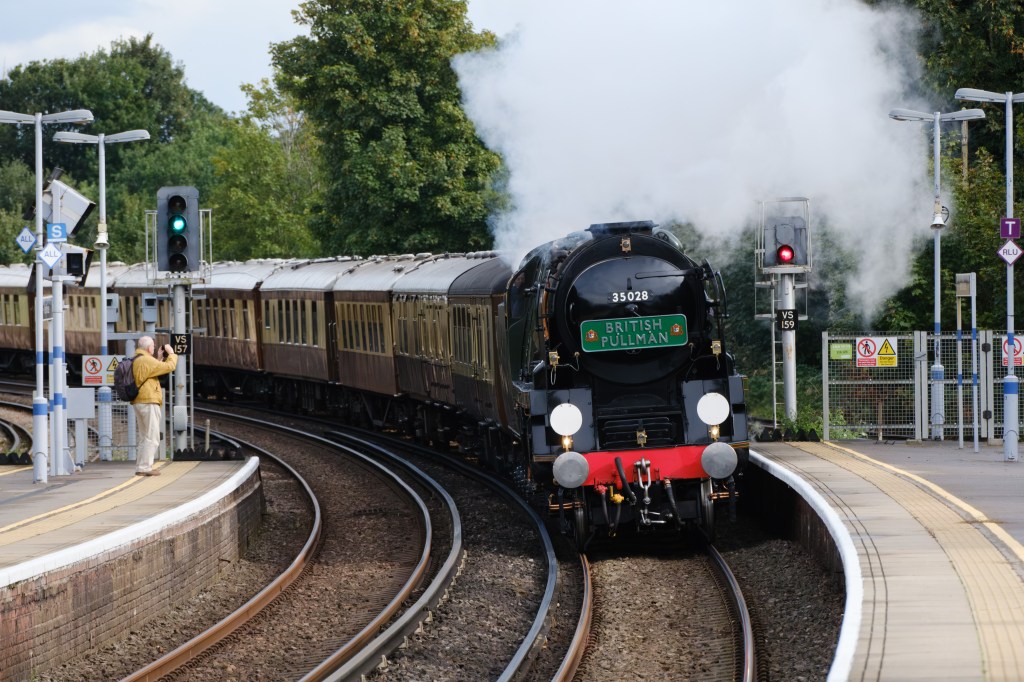
For the shot above, I knew the train was coming and had the camera already set up, but it arrived rather earlier than scheduled. I run up the stairs to the platform, turned round and fired off some quick shots – the AF locked on instantly.
Autofocus continues to work quite well with the 1.4x teleconverter, although it does slow down noticeably. Overall, the XF 70-300mm may not quite be a match for Fujifilm’s top-end ‘red badge’ lenses like the XF 100-400mm F4.5-5.6 for focusing speed, but it’s closer than you might think.
Performance
So how about the images you get from the 70-300mm? I have to say, I’ve been very happy with the results. In optimal conditions, it delivers strong levels of detail right across the frame, even on the X-T5’s 40MP sensor. Unsurprisingly it’s at its strongest at shorter focal lengths, and while it’s by no means weak at 300mm, it does benefit from stopping down to f/8.

Other optical flaws are notable by their absence. For example, there’s no real colour fringing from chromatic aberration, and no visible distortion, with straight lines being drawn correctly. Vignetting is also very low. Some of this is due to automatic software correction in the camera or raw converter, but it’s the final result that counts – not how you get there.
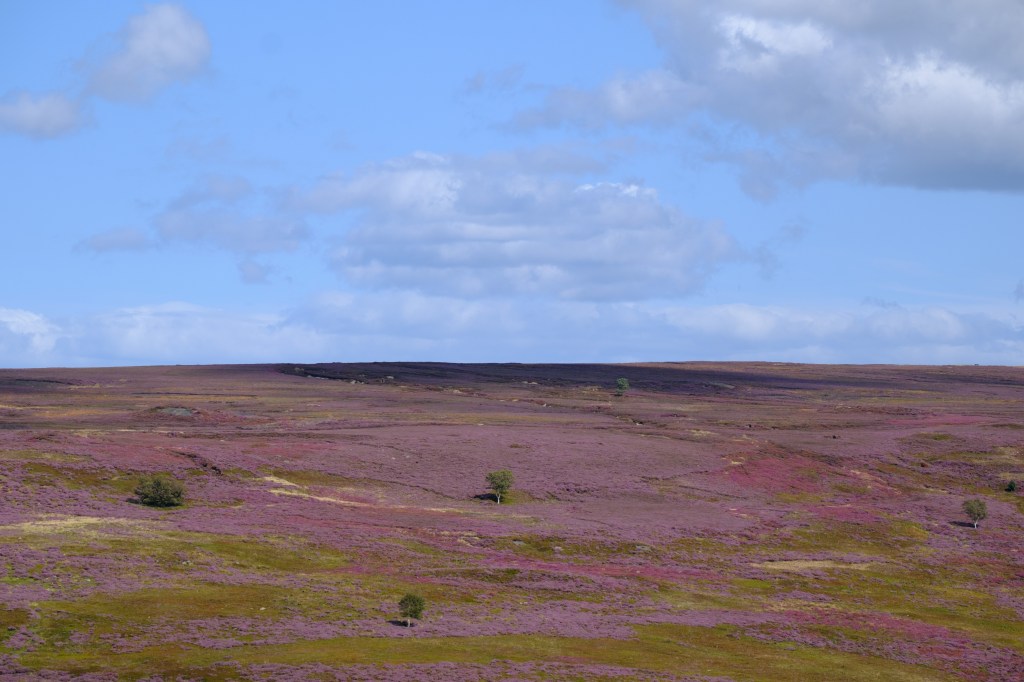
This is, though, a lens where the overall image sharpness will often be limited by other factors. In real-world use, the inherently shallow depth-of-field of a lens this long means a lot of the frame will be out-of-focus, even at small apertures. Also, if you shoot over long distances, heat haze and atmospheric distortion will reduce contrast and fine detail too.
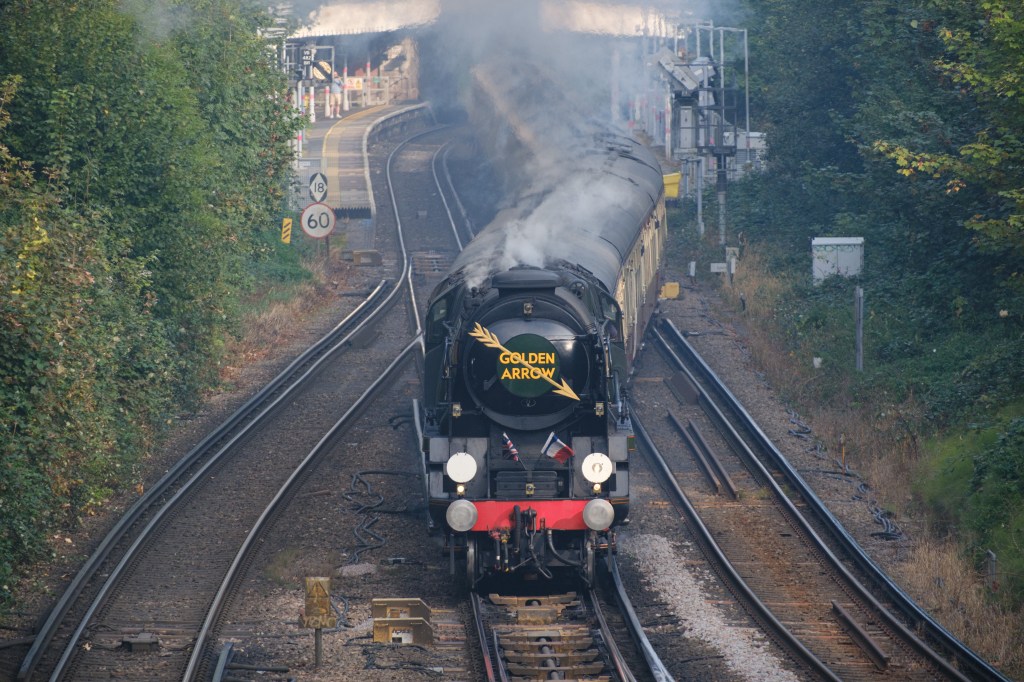
Like all telephotos with a relatively modest aperture, you’ll also often find yourself using high ISOs when photographing such things as wildlife. Select a fast shutter speed to minimise blurring from subject movement, and you can rapidly find yourself at ISO 1600 or higher, even in daylight. So it pays to learn how to use all the post-processing tools at your disposal to get the best results, including such things as sharpening, detail and clarity sliders, and AI denoising.
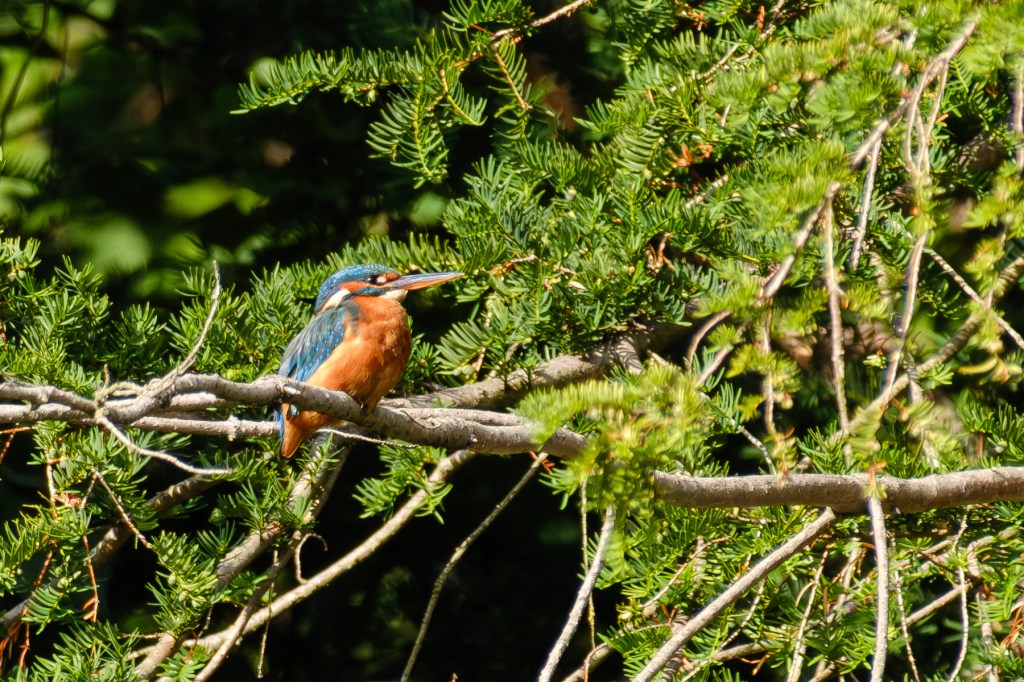
With its compact dimensions, this is a lens that naturally lends itself to hand-held use. This means that with static subjects with which you can use slow shutter speeds, exploiting the optical stabilisation can be invaluable, to keep ISOs as low as possible. Here I’ve been impressed by its capabilities; at 300mm, I’ve been able to get reliably sharp images at shutter speeds as low as 1/60sec.
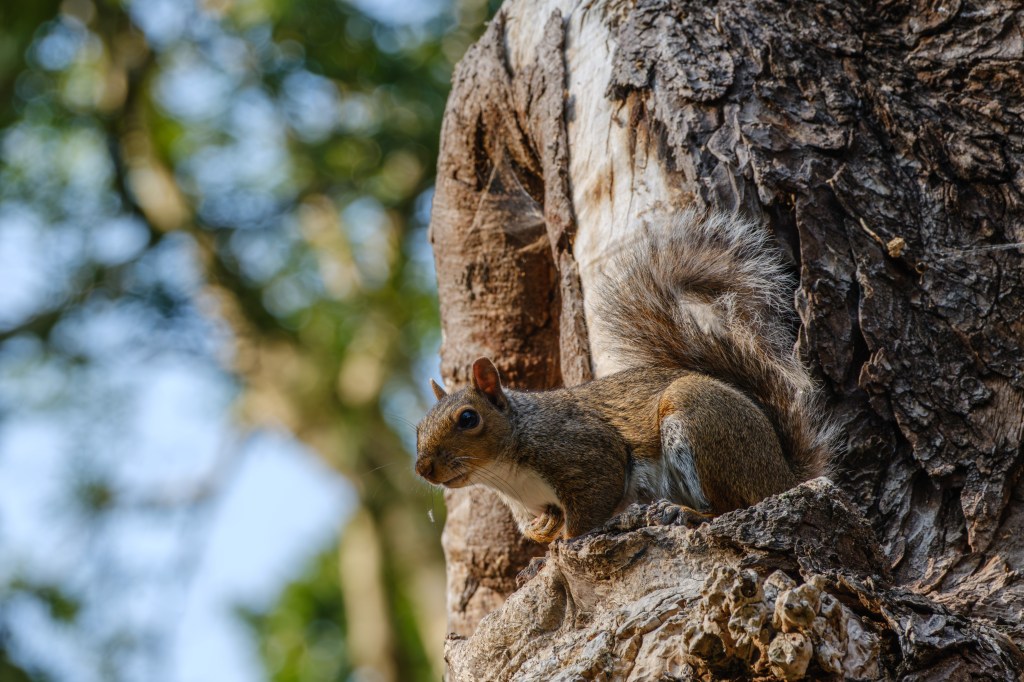
One area where I’ve been particularly impressed by the XF 70-300mm lies with close-up shooting. It maintains sharpness very well at close distances, even when shot wide open at 300mm. It also delivers fabulous background blur, allowing you to show your subjects in isolation with clutter simply dissolving away.
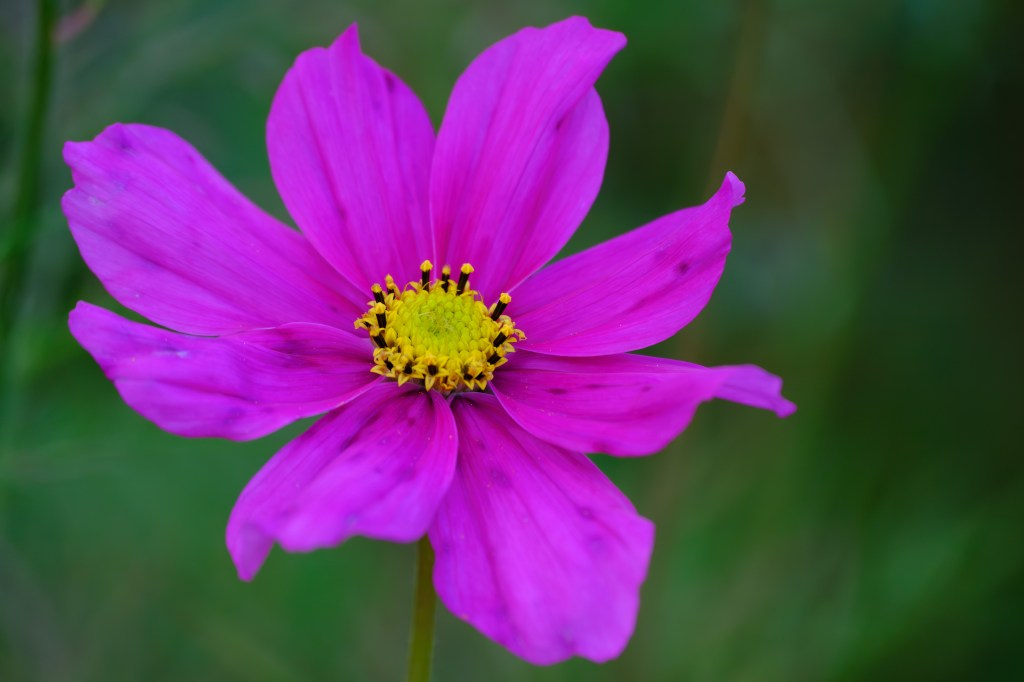
The lens is also well behaved when shooting directly into the light, with minimal ghosting and no obvious loss of contrast. That’s something I find invaluable in a telephoto zoom, which I will often use for sunrise or sunsets.
I’ve also found the lens more useful with the XF 1.4x teleconverter than I was expecting. It’s a handy combination for photographing wildlife without having to carry a huge lens. Images are visibly a little soft if you shoot wide open, though, so I’d recommend closing down a stop to f/11 when possible.
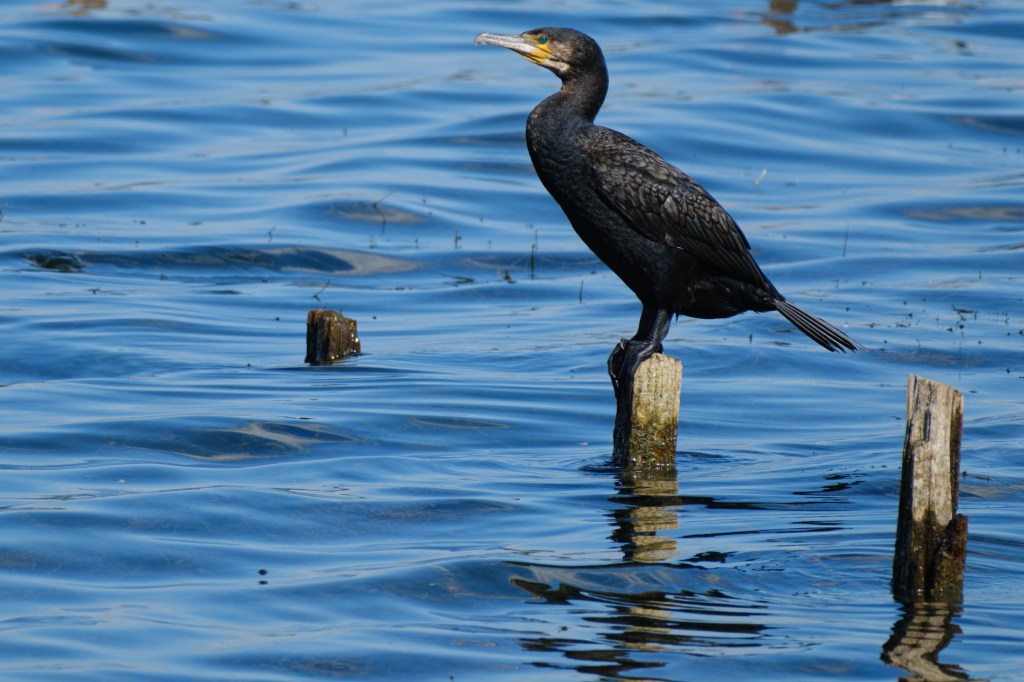
Our Verdict
I have to say, I’m a big fan of the Fujifilm XF 70-300mm F4-5.6 R LM OIS WR. Its fine optics, fast autofocus, effective stabilisation, weather-resistant build and excellent close-up capability together make for a really useful package – especially given its portability. The fact that you can use it with the 1.4x teleconverter adds another useful string to its bow.
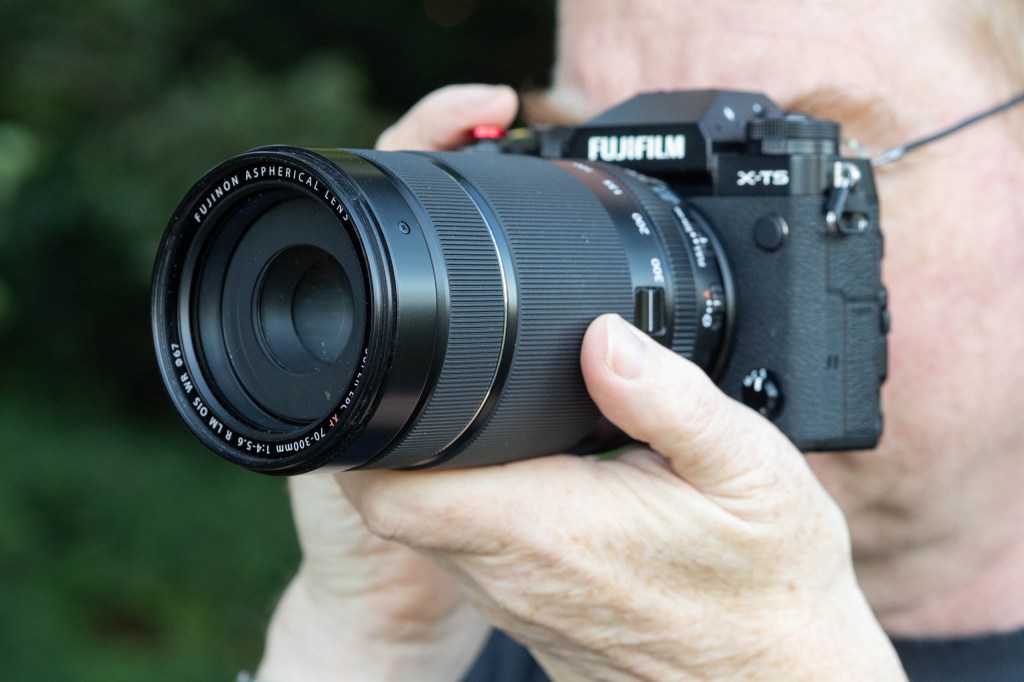
Thanks to its compact size and light weight, this is also a lens that handles perfectly well on smaller X system cameras. That stands in contrast to its longer but much larger siblings such as the XF 100-400mm F4.5-5.6 and XF 150-600mm F5.6-8, which work best on the firm’s XH models with their large handgrips. It also forms a really nice trio with the 16-80mm F4 and 10-24mm F4 standard and ultra-wide zooms.
There seems to be a certain attitude that 70-300mm telezooms are somehow low-grade optics, and serious photographers should get a 100-400mm instead. But that simply isn’t the case here. Personally, I’d much rather have a more portable lens that I can easily carry around all day without worrying about the weight. Indeed, getting this kind of reach in a lens this small is a serious attraction of using a crop-sensor camera. In summary, you’re a Fujifilm user who’d like serious telephoto reach without lugging around a much larger 100-400mm zoom, it’s an easy recommendation.

Follow AP on Facebook, X, Instagram, YouTube and TikTok.
Fujifilm XF 70-300mm F4-5.6 R LM OIS WR full specifications
| Price | $799 / £729 |
| Filter Diameter | 67mm |
| Lens Elements | 17 (1 aspherical, 2 ED glass) |
| Groups | 12 |
| Diaphragm blades | 9 (rounded) |
| Aperture | f/4-5.6 – f/22 |
| Minimum focus | 0.83m (0.33x magnification at telephoto) |
| Length | 132.5 – 202.5mm |
| Diameter | 75mm |
| Weight | 580g |
| Lens Mount | Fujifilm X |
| Included accessories | Caps, hood |

